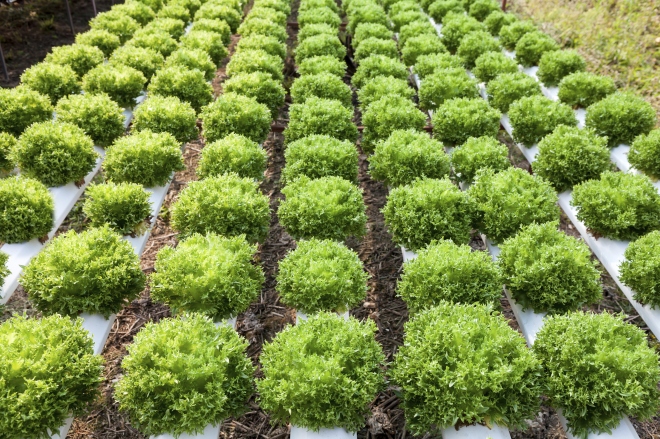
A gardener’s job is to keep plants healthy and happy where they are but even with the best of efforts; some plants are just not meant to grow next to one another. The reasons are simple enough: some plants, for example, thrive in certain environments; some may compete with nearby plants for nutrients, while others may be susceptible to pests and parasites that could be detrimental to other plants. Incompatible plants usually make gardening that much more challenging but once you understand how some species work with and against one another, you can build a beautiful garden where happy, healthy plants thrive.
Incompatible Garden Plants
Identifying which plants go together is usually easy as long as you follow certain basic rules. Tall plants, for example, should not be placed next to low-growing plants because the former will deprive the latter of much-needed sunlight. Short and tall plants can be planted together, just as long as there is enough space between the plants and that shorter plants are placed in an area where they will receive enough sun. This is the reason why many gardeners use short plants for border planting.
Space is also an excellent solution for plants with different nutritional demands. Plants that need more fertilizer and water, for example, could cause problems for other species that are hardier and less complicated to care for. If you want these incompatible plants living next to each other, provide extra space between them.
Take note of allelopathic plants. These are plants that can impede the growth and development of other plants by releasing certain chemicals. Weeds are the most common allelopathic plants, although there are many garden plants that also produce the same effects on competing plant species.
Which Plants Do Not Go Together?
Many species are considered allelopathic based on their capabilities but there are others that have yet to be confirmed as such, at least, scientifically. In general, however, these plants are believed to be allelopathic and care should be taken when planting them with other species:
– Beans
– Peas
– Cabbage
– Asparagus
– Beets
– Broccoli
– Cucumbers
– Soybeans
– Tomatoes
– Sunflowers
When planting allelopathic species that leave harmful residue to other plants, it is a good idea to practice crop rotation. Placement is also key: onions and mint, for example, should not be planted near asparagus, while mustard and pole beans should be placed away from beets. Corn, dill, cabbage and cauliflower should also be planted away from tomatoes, while plants belonging to the cabbage family should be kept away from strawberries. Dill and anise should be planted away from carrots, while mustard and pole beans should be kept far from beets.
